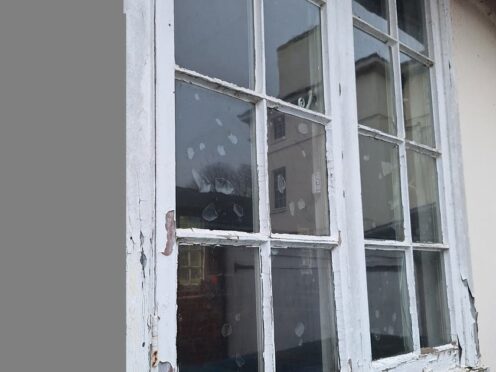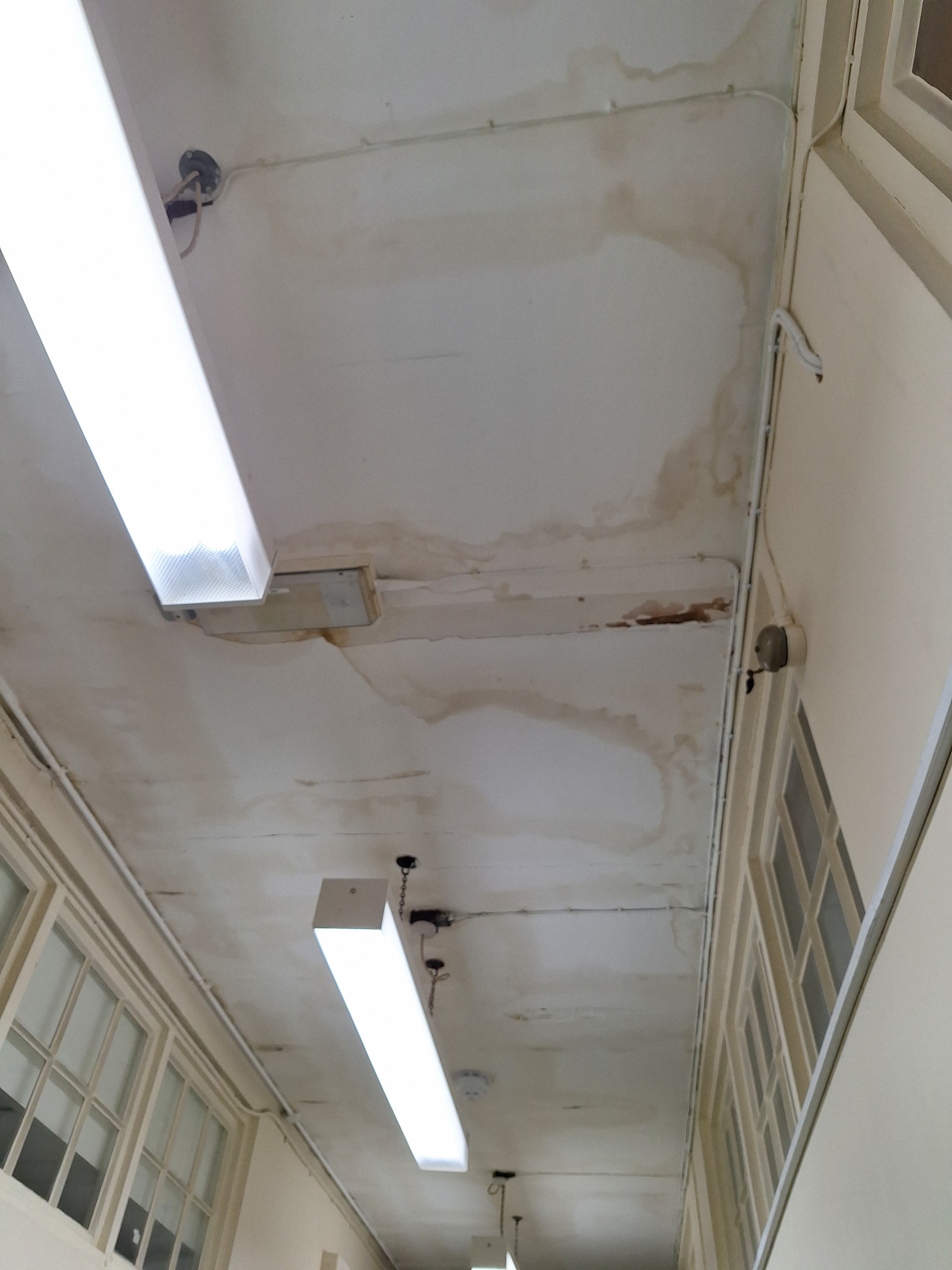
Schools are falling into disrepair because of a lack of funds, with classrooms, playgrounds and toilets not being maintained, according to a new report.
A survey of more than 1,000 school leaders found that four out of five said they lack the funding needed to maintain their school buildings.
The school leaders union NAHT said almost a fifth of respondents reported that parts of their school estate, including specialist classrooms, laboratories, playgrounds, kitchens and toilets, cannot be maintained.

Headteachers told of struggling to deliver a 21st-century education in outdated buildings, with only one in 20 feeling they had enough money to ensure buildings met pupils’ needs.
Almost two in five said they to had to raise funds to cover estate management and buildings.
Some of those surveyed said they were forced to use classrooms that are damp and mouldy, with some areas of schools out of bounds because they were not safe enough.
The NAHT said capital investment in school buildings has been cut by 50% in real terms since 2010, just when many buildings are reaching the end of their life cycle.
The union called for urgent government investment in school estates, saying an additional £4.4 billion a year was needed to upgrade school buildings.
Paul Whiteman, general secretary of the NAHT, said: “The crisis of capital investment in our schools has been brewing for 14 years, and it is now clear for all to see.
“In the last year, while the Raac crisis has grabbed headlines, hundreds more school buildings have quietly slipped further into disrepair.
“Our children deserve to learn in safe, comfortable conditions. With a general election on the horizon, I urge all political parties to commit to a long-term plan backed up by serious new investment to ensure all school buildings are safe and fit for purpose.”

Cindy O’Sullivan, headteacher of Gosden House School, a state-maintained school in Surrey which supports children with special educational needs, said: “Our Grade II listed school building is over 230 years old, and we have been supporting children with special educational needs since the 1940s.
“The building and grounds are picturesque, but it is also rickety, decrepit, and woefully out of date, with leaky pipes, a sky-high heating bill, blocked drains, and rotting single-pane windows. We don’t have the budget to maintain the building and ensure children continue to receive the outstanding 21st-century education that they deserve.”
Tim Jones, headteacher of Spring Gardens Primary School in North Tyneside, said: “Over the last 14 years, our school, which is approaching its 100th birthday, has slowly been slipping into disrepair as funding for buildings has been cut – we are struggling to cover the cost of basic repairs.
“It’s simply unfair to expect kids to learn, and feel inspired, in classrooms that are damp and mouldy.”
The union is holding its annual conference in Newport, South Wales at the weekend when it will debate issues including school funding.
A Department for Education spokesperson said: “Schools and sixth form colleges will benefit from £1.8 billion this financial year to help maintain their buildings, taking the total amount of funding to over £17 billion since 2015, and our school rebuilding programme is transforming buildings at over 500 schools over the next decade.
“It is up to responsible bodies such as local authorities and trusts to make their own decisions on investment in their schools each year.
“We offer additional emergency support on a case-by-case basis to schools which face significant issues that could risk building closures – and in just a matter of months we have completed our identification programme and confirmed how we will fund removal of Raac from our schools and colleges for good.”

Enjoy the convenience of having The Sunday Post delivered as a digital ePaper straight to your smartphone, tablet or computer.
Subscribe for only £5.49 a month and enjoy all the benefits of the printed paper as a digital replica.
Subscribe